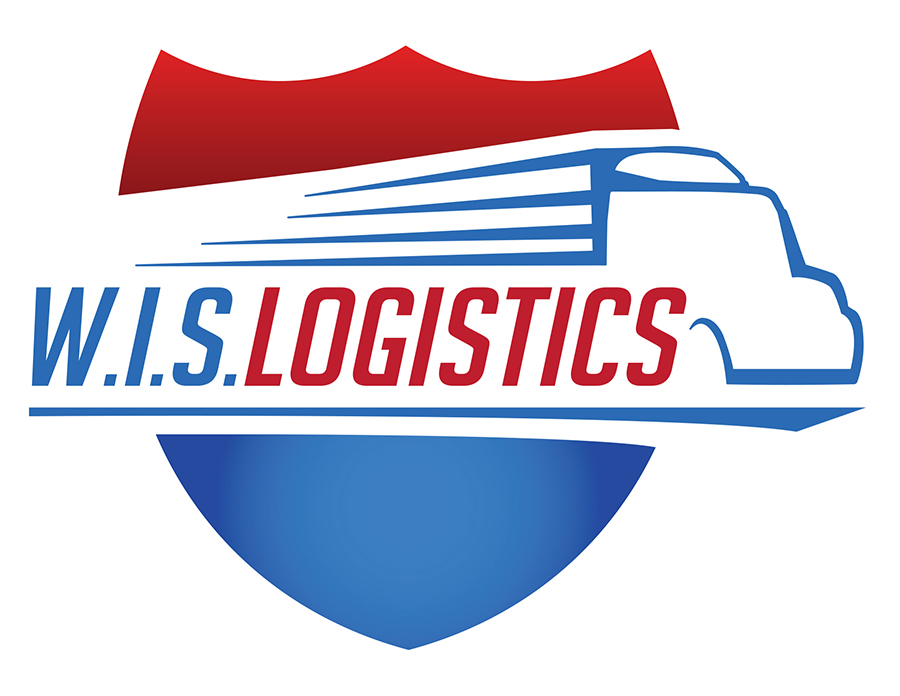Between today and 2023, LTL will grow faster than any other trucking category. It will nearly double in size in the next decade, fueled by an average annual growth of 8.1 percent over the next five years (Source: TIA).
While this is good for the LTL industry, it portends trouble for you as a shipper.
Signs of the LTL crunch: Have you seen these telltale signs of an industry stretched very thin?
- Missed pick-ups.
- More damaged freight, a result of trailers packed to the gills.
- More fees – Truck Ordered Not Used (TONU) charges for LTL were unheard of a couple of years ago.
- Higher prices. National accounts, with carriers lined up for their freight, have seen surprisingly large price increases over the past six months.
- Density-based pricing is taking over. Carriers value trucks highly and need to make every inch count.
- Shipper punishment. Some carriers keep scorecards on shipper behavior. Those who mistreat drivers or keep them waiting may see higher prices or might be placed at the bottom of a dispatch list.
6 Tips to make your LTL shipment go smoothly:
While LTL will grow huge, it’s not a hopeless situation. In fact, you can avoid running into potholes by simply following the following tips.
- When you call a carrier in, is your freight ready for loading? If not, try to be prepared. Everyone benefits.
- Consider additional packaging to prevent damage. A little extra cardboard or straps may make a big difference.
- Diversify with regional carriers and 3PLs. They will bring additional capacity. You won’t be dependent on a single source when things get tough (and they will).
- Use carriers that demonstrate – not just talk about – keeping service their priority. Is your carrier hiring to handle the demand or trying to make do? Does your carrier follow a process every time without cutting corners? The same goes for your 3PL.
- Partnership is more important now than ever! One example: Your driver may be running late. Treat him or her like a team member, not “just a vendor.”
- Get to know yourdispatchers at the carriers or your 3PL. People do business with people. A truck arrives on 18 wheels, but dispatchers get it there.
